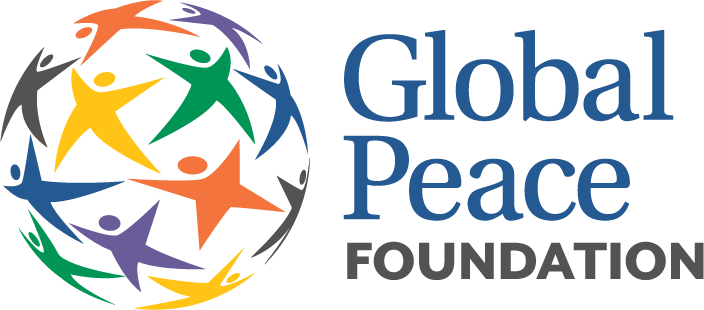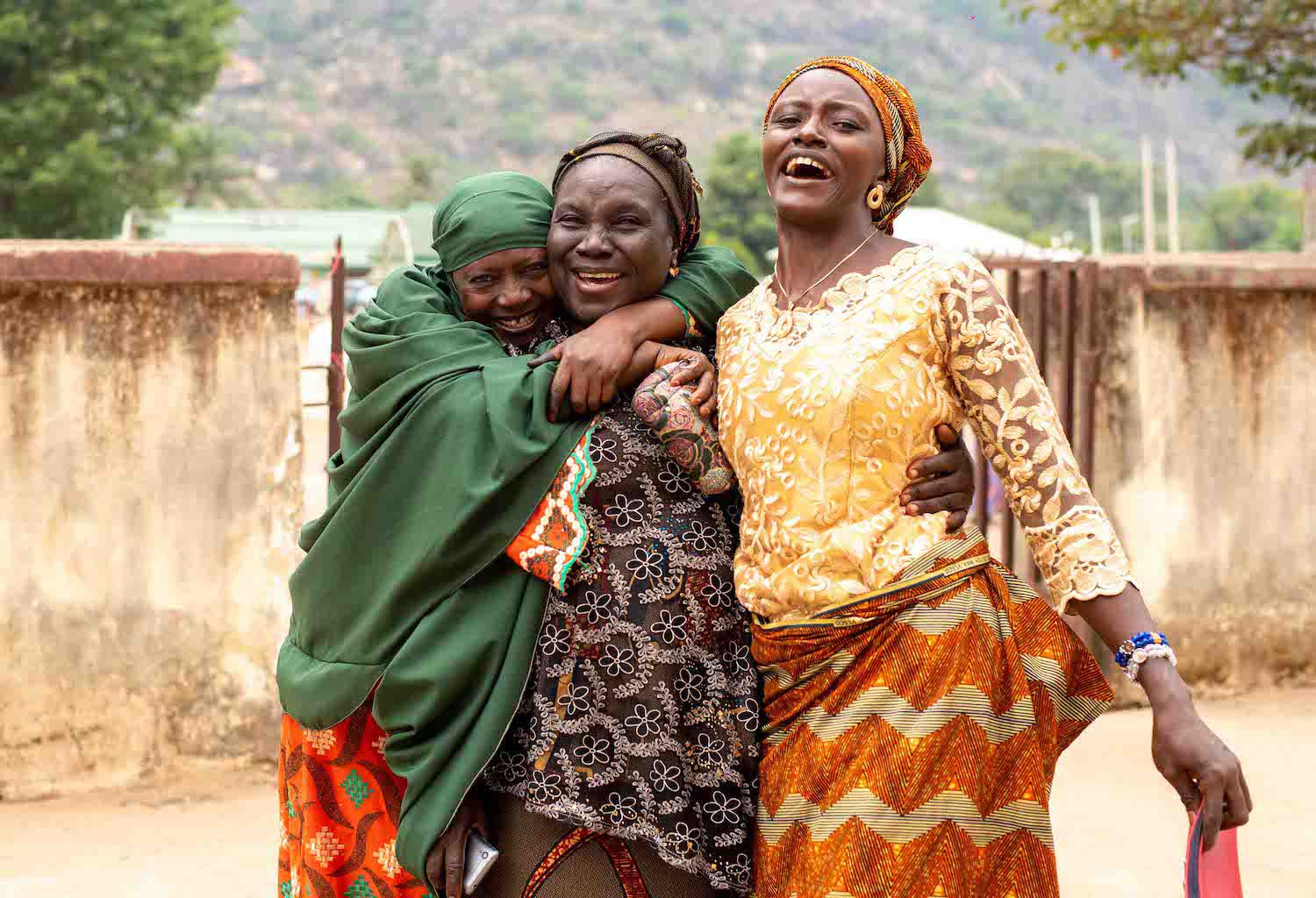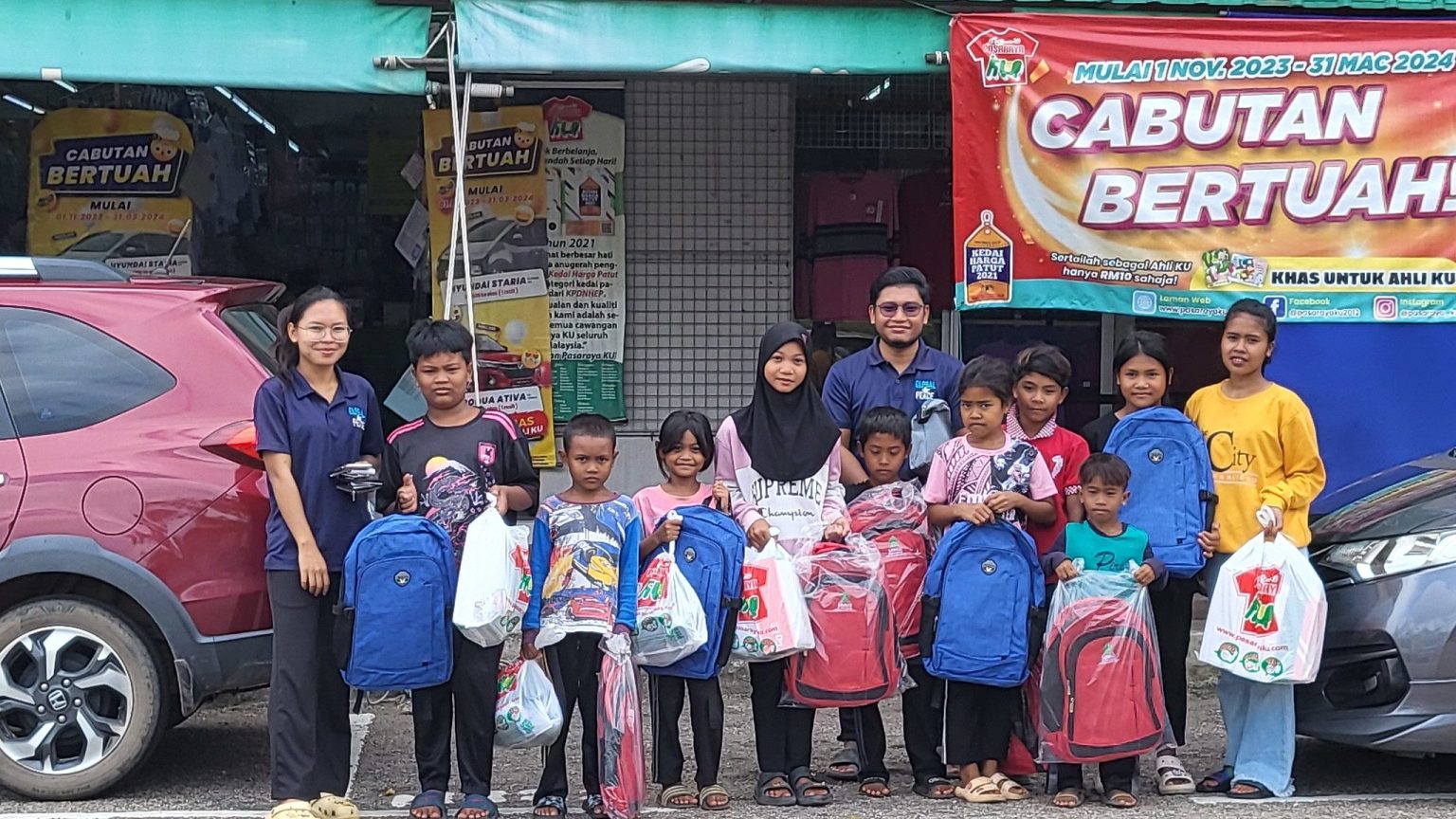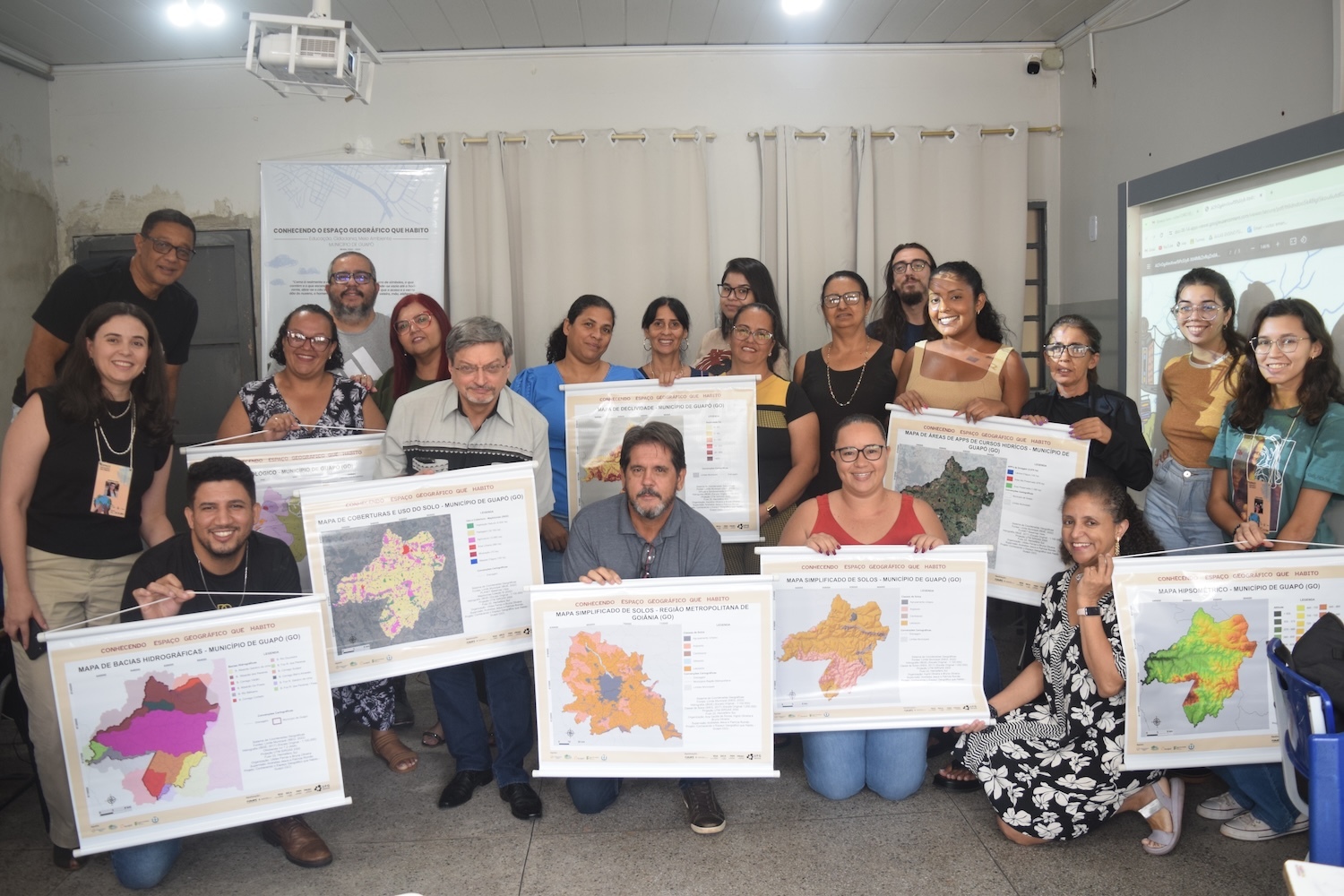Chief Bobby opened the circle with a Kwakwala greeting, “Nathnaldeuit.” Roughly translated it means, “Greetings to all my relations.” Chief Bobby explained that “relations” asserts that each person present, no matter difference of country, experience, race or heritage, they are all related by a shared earth and a shared origin.
“Nathnaldeuit” is a greeting used by his tribe to clear the air before a tribe meeting. It asserts that “we are here today as one.” Chief Bobby explained, “In this sacred circle we are all equal, we are asked to bring the essence of ourselves in order to talk of peace, reconciliation, brotherhood, whatever terms we can apply.” His eldest daughter Karen further explained that each person in the circle is asked bring their highest self in order to meet the needs of the collective that are superseded by the needs of the collective, “It is the giving that is the most important.”
Chief Bobby’s tribe in Canada has endured generations of abuse, women being robbed of their honor, children stripped of their families, identity and spirituality, people being torn from their land and slaughtered. They know that their story is not uncommon. People around the world carry stories of unimaginable atrocities—stories too painful to put into words. Terms like genocide and holocaust only blanket the anguish of each experience.
But Chief Bobby and Karen don’t carry their stories to harbor hate; they carry them as the starting threads to help others unfold their stories and find healing and reconciliation, and to educate future generations.
The healing circle on December 1 included delegates from Kurdistan. As Chief Bobby and his daughter Karen rolled out their story, the Kurdish delegates weaved their own stories into the tapestry. They too have faced oppression, aggression and potential extinction. As they unwound their own stories, they began to see essential commonalities between themselves and the Native tribes.
“We have drums like yours,” observed the Minister of Education from Kurdistan. “Just like you, we make incredible music on ours.” The circle laughed. He urged Chief Bobby and Karen,”Continue your work, and please, please, don’t forget to invite the Kurdish to stand with you in solidarity.”
Rabbi Ben Ami, added the story of the Israelis and Palestinians. The U.S. has had difficulty facilitating peace talks among the two nations. When they approach the Israelis, they are told, “You don’t understand our pain.” When approaching the Palestinians, they are told the same. When Chief Bobby and his Native Americans could say back, “We are one. We know your story, it is our story.” From there they could begin a healing dialogue with both.
Karen wove the story of the Africans in South Africa into the fabric, telling the circle how Nelson Mandela had visited the first tribes of Canada after his release, because Apartheid was a system similar to what had happened against the First Tribes in Canada.
As the stories were added, healing began to take place. Beyond their pain and oppression emerged forgiveness, understanding and hope. Chief Bobby observed, “It takes a long time to deal with the social justice issues, but it doesn’t take a lot of time to free ones spirit, to feel that you’re a child of God, that you have value and purpose.”
The circle concluded with a prayer of thanks to mother earth, to ancestors, to the Great Spirit for the healing that took place that day. Chief Bobby posited a question to the members of the circle, “It starts from you and I, what can you contribute to peace-building?”



